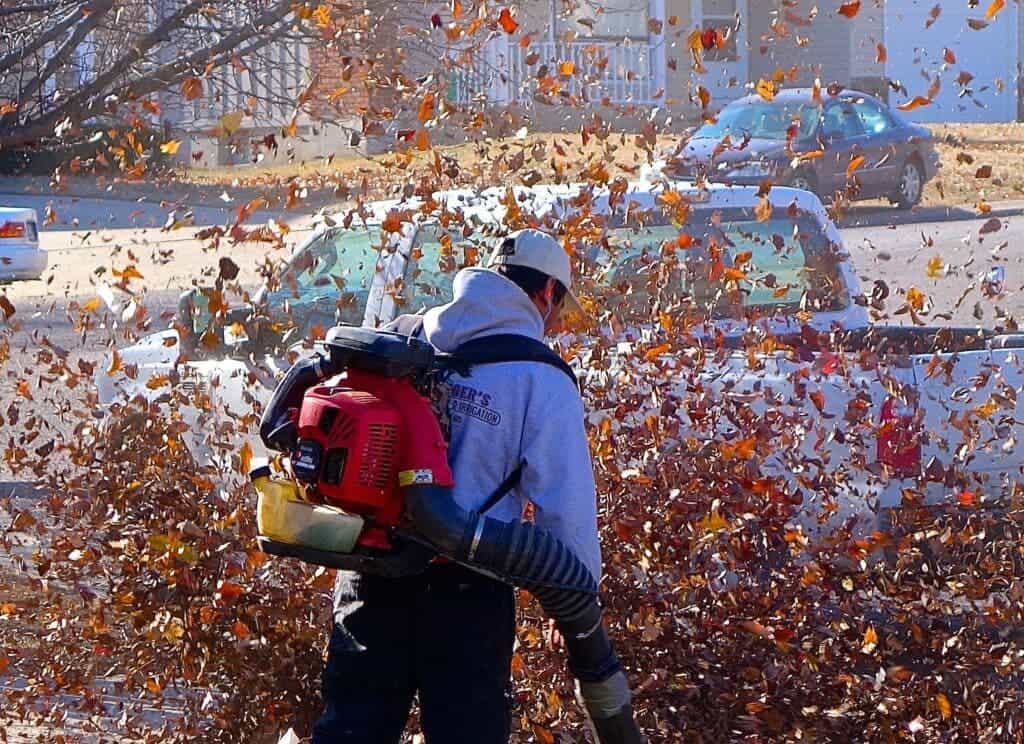It’s time to leave behind gas-powered leaf blowers and lawn mowers, at least in California. Governor Gavin Newsom signed a bill into law that will phase them out by 2024 or as soon as feasible, whichever comes first. The new regulations are meant to promote the use of zero-emissions landscaping tools, either battery-operated or plug-in. The law comes a year after Newson signed an executive order to phase out the sale of gas-powered vehicles by 2035.

For years, California has been pushing for stronger action to reduce pollution levels. It’s the only state that can regulate air quality on its own thanks to an exception in federal legislation. While they can’t pass their own air quality legislation, other states can choose to follow California’s lead instead of the ones from the US federal government, whichever of the two fits them best.
Under the new law, retailers will only be allowed to sell zero-emission gardening equipment, such as electric or battery-powered products. The bill’s author, lawmaker Marc Berman, and supporters such as the Sierra Club and the Union of Concerned Scientists, claim the new regulations will help make people’s yards less polluting.
California will assign $30 million to assist landscapers and gardeners in making the transition to zero-emission equipment. Still, this is seen as insufficient from industry representatives. A commercial riding gas-powered lawn mower costs between $7,000 and $11,000, while a zero-emissions one can cost twice as much, according to industry estimations.
The California Air Resources Board, which is part of the state’s Environmental Protection Agency, estimates that using a gas-powered leaf blower can generate as much air pollution as driving a Toyota Camry for 1,100 miles (1,770 kilometers). With over 16 million small engines in the state, such a shift could be quite significant.
“It’s amazing how people react when they learn how much this equipment pollutes, and how much smog-forming and climate-changing emissions that small off-road engine equipment creates,” Berman told Los Angeles Times. “This is a pretty modest approach to trying to limit the massive amounts of pollution that this equipment emits.”
A green transformation
Most leaf blowers and lawn mowers use a two-stroke engine without an independent lubrication system, so the fuel has to be mixed with oil. This can lead to harmful toxic pollutants being released into the air, such as nitrous oxide and carbon monoxide. And it’s not something minor, with very high levels of commultive pollution, as seen in previous studies.
A 2011 study found that a leaf blower can emit almost 300 times the amount of air pollutants as a pickup truck. And back in 2001, a group of researchers found that using a gas-powered lawn mower for an hour generates the same air pollution to driving a car for 100 miles (160 kilometers). That’s why finding zero-emission alternatives can be very important.
Still, buying an electric leaf blower can be quite expensive and probably not for everyone. That’s why not removing the leaves is also a very good option, either by leaving them whole on landscape areas or moving them into a layer of mulch on the lawn. In fact, it’s one of the best things you can do for pollinators and invertebrates.
Leaves are very beneficial for grass, cycling nutrients back to the soil, and a great addition to compost. You can pile leaves and add a handful to the compost pile, helping the whole process. Leaves also provide a safe habitat for many insects, which tuck themselves in a pile of leaves for protection or even lay eggs in fallen leaves.









